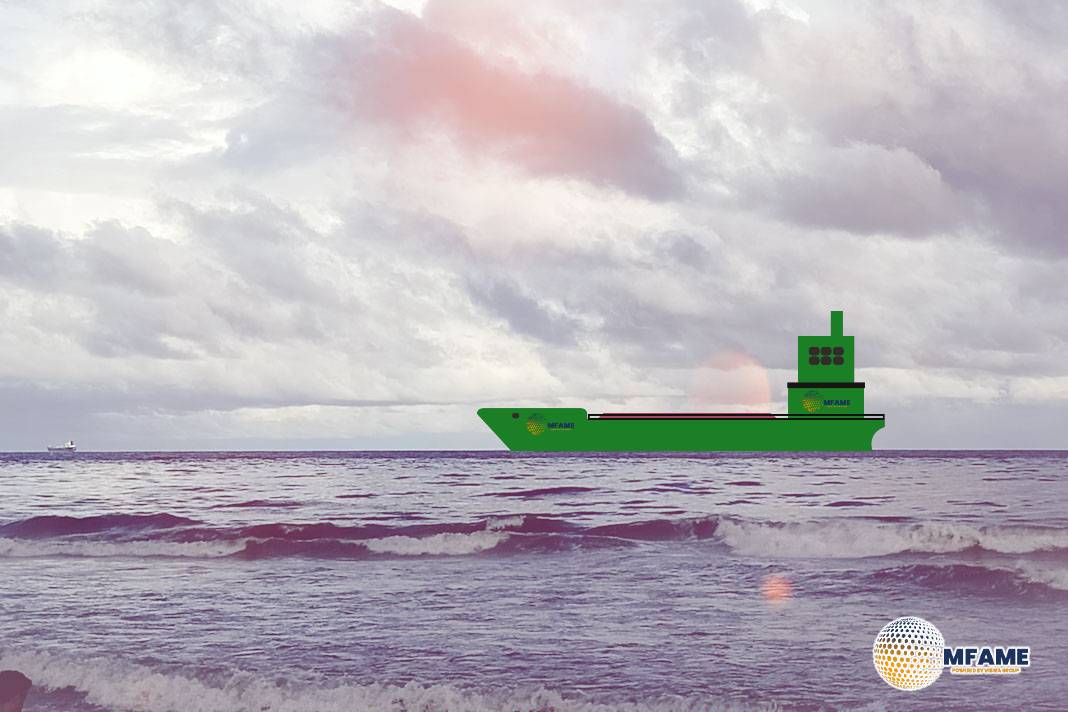On June 25, Daehan Shipbuilding, located in Haenam, South Jeolla Province, was actively engaged in significant construction projects. Inside one of its dry docks, two large tankers were simultaneously under construction. Concurrently, workers in nearby areas of the shipyard were busy fabricating ship blocks, which are essential components for other vessels in Daehan Shipbuilding’s order book.
K Shipbuilding’s Exceptional Q1 Performance
K Shipbuilding, based in Jinhae, exemplifies this turnaround. In the first quarter of the year, the company achieved an impressive average operating rate of 110%. This is a significant increase from last year’s already high annual average of 93%, indicating continuous production through nights and weekends. Thanks to these nonstop operations, K Shipbuilding’s financial results for Q1 were robust:
- Revenue: Rose 22.7% to 285.6 billion won.
- Operating Profit: Jumped a remarkable 404.9% to 12.7 billion won compared to the same period last year.
Mid-Sized Shipbuilders’ Collective Comeback
The recovery of mid-sized shipbuilders is a major positive development for South Korea’s economy. This sector, which once comprised over 20 companies, has now consolidated into four main players: Daehan Shipbuilding, HJ Shipbuilding & Construction (HJSC), K Shipbuilding, and Daesun Shipbuilding. All four reported operating profits in the first quarter of this year. For three of them (excluding Daesun), this marks the first time in 14 years that they have simultaneously turned a profit. Employing approximately 10,000 people, these companies are vital to regional economies, and their revival is injecting new dynamism into these areas.
This comeback follows years of painful restructuring and corporate workouts. The key to their success has been a strategic shift away from container ships, where they faced intense low-cost competition from Chinese yards. Instead, they have focused on niche markets where they hold a competitive edge, such as tankers, chemical carriers, and patrol vessels.
HJSC’s Strategic Pivot to Naval Defense
HJSC, formerly Hanjin Heavy Industries and based in Busan, is a prime example of a mid-sized shipbuilder finding new momentum. Once a global top-six player, the company was severely impacted by the industry slump in the 2010s, undergoing five years of court-led restructuring that concluded in 2021.
Post-restructuring, HJSC has strategically refocused on military vessels and eco-friendly ships, aiming for niche markets that avoid direct competition with major shipyards and differentiate them from Chinese competitors. This pivot towards naval defense is a rising strength in South Korea’s shipbuilding sector.
At the recent MADEX maritime defense exhibition held in Busan, HJSC prominently displayed a diverse range of its defense capabilities, including:
- The Marado and Dokdo transport ships (large amphibious assault ships)
- High-speed landing craft (LSF-II)
- Missile patrol boats (PKG)
- A 3,000-ton coast guard vessel
The exhibition generated strong international interest, with delegations from countries like the UAE and Egypt visiting HJSC’s Yeongdo shipyard to explore potential partnerships. This demonstrates HJSC’s successful repositioning as a key player in the global naval defense market. HJSC has also recently signed a Memorandum of Understanding (MOU) with Korea Aerospace Industries (KAI) to jointly develop the localization of the LSF-II Batch-II simulator and the integrated mission control system (iCAMS), further solidifying its commitment to advanced defense capabilities.
Did you subscribe to our Daily newsletter?
It’s Free! Click here to Subscribe!
Source: The Chosun Daily

























